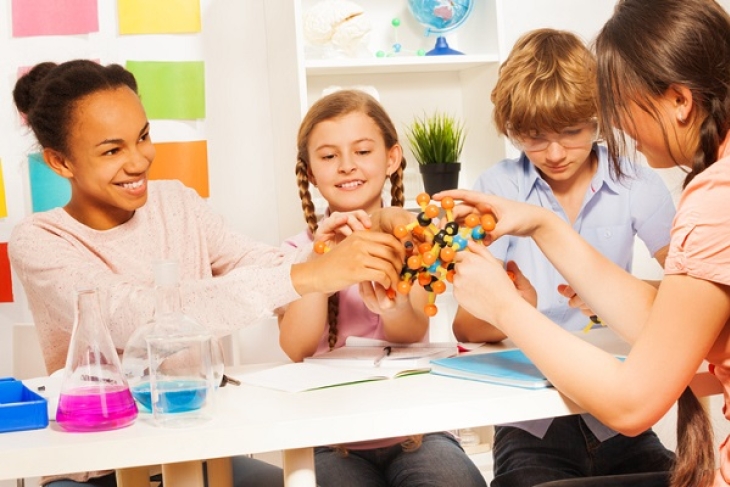When (and how) should gifted education teachers apply general teaching principles vs. specialized instruction in their gifted education classrooms? In what circumstances are gifted learners like all others in classrooms around the world and when are they uniquely different? These questions plague the field with many implications regarding access, equity, and educational values. A new publication, Top twenty principles from psychology for pre-K–12 creative, talented, and gifted Students’ teaching and learning, published by the Center for Psychology in Schools and Education at the American Psychological Association in collaboration with scholars in our field, aims to help educators answer these questions.
Organized around a set of twenty research-based principles of learning, the synthesis introduces readers to each principle, how it is relevant to teachers, and provides a list of actions that teachers can take to incorporate these principles into their gifted education classroom to promote learning and development.
This document expands on a version that was originally developed for the broader education community by specifically targeting the K–12 education experiences of gifted and talented students. Research syntheses such as this one help practitioners make sure that they are applying effective practices in their classrooms.
Organized around five themes, the twenty principles are listed here:
How do students think and learn?
1. Students’ beliefs or perceptions about intelligence and ability affect their cognitive functioning and learning.
2. What students already know affects their learning.
3. Students’ cognitive development and learning are not limited by general stages of development.
4. Learning is based on context, so generalizing learning to new contexts is not spontaneous but instead needs to be facilitated.
5. Acquiring long-term knowledge and skill is largely dependent on practice.
6. Clear, explanatory, and timely feedback to students is important for learning.
7. Students’ self-regulation assists learning, and self-regulatory skills can be taught.
8. Student creativity can be fostered.
What motivates students?
9. Students tend to enjoy learning and perform better when they are more intrinsically than extrinsically motivated to achieve.
10. Students persist in the face of challenging tasks and process information more deeply when they adopt mastery goals rather than performance goals.
11. Teachers’ expectations about their students affect students’ opportunities to learn, their motivation, and their learning outcomes.
12. Setting goals that are short term (proximal), specific, and moderately challenging, enhances motivation more than establishing goals that are long term (distal), general, and overly challenging.
Why are social context, interpersonal relationships, and emotional well-being important to student learning?
13. Learning is situated within multiple social contexts.
14. Interpersonal relationships and communication are critical to both the teaching—learning process and the social-emotional development of students.
15. Emotional well-being influences educational performance, learning, and development.
How can the classroom best be managed?
16. Expectations for classroom conduct and social interaction are learned and can be taught using proven principles of behavior and effective classroom instruction.
17. Effective classroom management is based on (a) setting and communicating high expectations, (b) consistently nurturing positive relationships, and (c) providing a high level of student support.
How to assess student progress?
18. Formative and summative assessments are both important and useful but require different approaches and interpretations.
19. Students’ skills, knowledge, and abilities, are best measured with assessment processes grounded in psychological science with well-defined standards for quality and fairness.
20. Making sense of assessment data depends on clear, appropriate, and fair interpretation.
Each principle is described based on evidence from research with gifted populations. The brief description is followed by practical suggestions for the classroom and references from both the regular and gifted education literature.
Matthew C. Makel, Duke University Talent Identification Program; Rena Subotnik, American Psychological Association; Paula Olszewski-Kubilius, Northwestern University Center for Talent Development; Jonathan Plucker, Johns Hopkins University Center for Talented Youth and School of Education.
The views expressed herein represent the opinions of the author and not necessarily the Thomas B. Fordham Institute.

